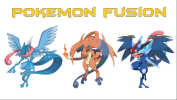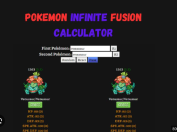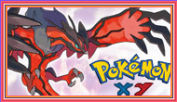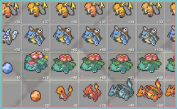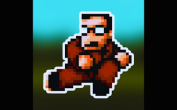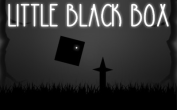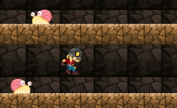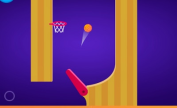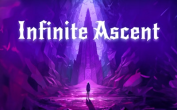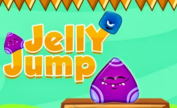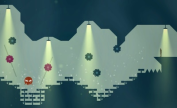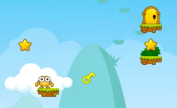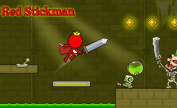Pokemon Pearl Version
Pokémon Pearl Version: A Journey Through the Fourth Generation Epic
Pokémon Pearl Version, part of the iconic Pokémon Diamond and Pearl duo, marked a significant milestone in the Pokémon video game series. Developed by Game Freak and published by The Pokémon Company and Nintendo for the Nintendo DS in 2006, these games set the stage for the fourth generation of Pokémon adventures. This extensive exploration aims to provide insights into the essence of Pokémon Pearl Version, its gameplay mechanics, and its enduring impact on the Pokémon gaming universe.
The Genesis of Pokémon Diamond and Pearl:
Released in Japan on September 28, 2006, and later in North America, Australia, and Europe in 2007, Pokémon Diamond Version and Pokémon Pearl Version laid the foundation for the fourth generation. Serving as the first installments in this new era, they introduced trainers to a host of new features and innovations that would become integral to the Pokémon experience.
Evolution of Gameplay:
Continuing the tradition of previous Pokémon games, Diamond and Pearl immerse players in the role of a young Pokémon trainer. Their journey unfolds as they train and battle Pokémon, all while thwarting the nefarious plans of Team Galactic, a criminal organization seeking dominance. Notable enhancements included Internet play through the Nintendo Wi-Fi Connection, alterations to battle mechanics, Pokémon Contests, and the introduction of 107 new Pokémon species.
Trading and Completing the Pokédex:
A distinctive aspect of Diamond and Pearl lies in their interconnected gameplay. While each game features a standalone plot, players are encouraged to trade Pokémon between versions to complete their Pokédex. This unique synergy between games not only fosters a sense of community but also adds an additional layer of complexity and excitement to the Pokémon journey.
Development and Anniversary Celebration:
The development of Diamond and Pearl was officially announced in the fourth quarter of 2004 during a Nintendo press conference. With the Nintendo DS as its canvas, the games were crafted to harness the unique features of the handheld console. Despite initial forecasts for a 2005 release in Japan, the games were ultimately shipped in 2006, coinciding with the 10th anniversary of the Pokémon franchise. Nintendo further celebrated the North American release with a limited-edition Nintendo DS Lite and a grand release party.
Critical Acclaim and Commercial Success:
Upon release, Pokémon Diamond and Pearl garnered favorable reviews from critics and players alike. The addition of Wi-Fi features and enhanced graphics received praise, while the familiar yet engaging gameplay resonated positively. Commercially, the games surpassed their Game Boy Advance predecessors, with over 18 million units sold worldwide. Notably, Diamond and Pearl outperformed Pokémon Ruby and Sapphire by over 2 million units and Pokémon FireRed and LeafGreen by almost 6 million units. Their success extended to outselling their successors, Pokémon Black and White, by over 2 million copies, solidifying their status among the most successful Pokémon games in history.
Legacy and Beyond:
The impact of Pokémon Pearl Version extends beyond its initial release. The games laid the groundwork for subsequent titles, including the 2021 Nintendo Switch remakes, Pokémon Brilliant Diamond and Shining Pearl. Furthermore, the prequel, Pokémon Legends: Arceus, released in 2022, showcased the evolution and innovation within the Pokémon universe, cementing the enduring legacy of the fourth-generation classics.
Conclusion: A Timeless Pokémon Odyssey
In the vast realm of Pokémon gaming, Pokémon Pearl Version remains a beacon of innovation and success. From its initial introduction of the fourth generation to its enduring influence on subsequent titles, Diamond and Pearl stand as a testament to the timeless appeal of Pokémon. As trainers continue to embark on their journeys, the legacy of Pokémon Pearl Version lives on, weaving itself into the rich tapestry of Pokémon history.
Categories & Tags



